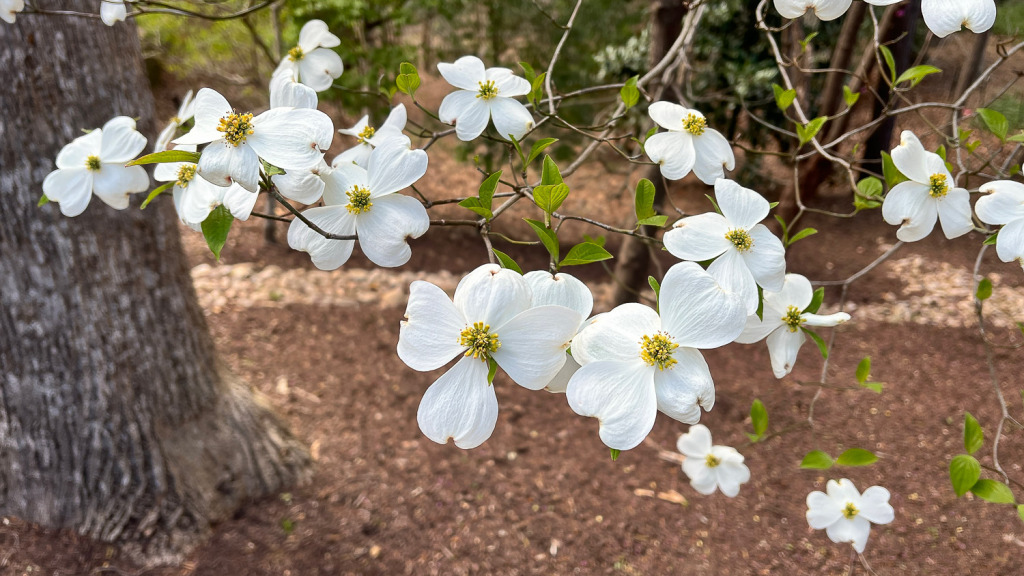If you share photos on Instagram, you’ve probably wondered if you should use the Instagram camera (in the Instagram app) or the iPhone camera when you shoot.
Or maybe you didn’t know that there’s a choice, and you’ve just used the Instagram camera.
- What were the questions?
- What is aspect ratio and is it the same if you use the Instagram camera or the iPhone camera?
- Why are the different aspect ratios offered?
- Why does this matter?
- What about the number of pixels?
- What’s the solution?
- Solution if you want speed to shoot photos to use on Instagram:
- 👉Solution for those of us who want it all
- Recovering the pixels that were cropped off:
- Final tip:
- Now it’s your turn
I’d never really thought about this until I wrote an article for a local magazine a few weeks ago about printing the photos taken with an iPhone. When the questions started coming, my curiosity took over.
What were the questions?
I heard from a few people that they couldn’t print the photos they took with their iPhones. When they sent them to a lab to print, they were told the photos were too small and that they didn’t have enough megapixels. This had me puzzled. These people had new iPhones with 12-megapixel cameras. Their photos should clearly be large enough to print!
Then, as I was writing another article, this time about aspect ratio and the iPhone, the light came on.
What is aspect ratio and is it the same if you use the Instagram camera or the iPhone camera?

The quick answer is almost. Aspect ratio is basically just the shape of the photo that your camera shoots.
An iPhone camera shoots a full-size photo that is 4:3, which you can think of as a 4-inch by 3-inch print. It measures 12 megapixels. It also offers other sizes, too: square and 16:9. (More about them in a minute.)
The Instagram camera doesn’t offer the full-size choice of 4:3, even though it is using the camera built into the iPhone. Its two choices are square and 16:9.
Why are the different aspect ratios offered?
If you’re used to shooting with a regular camera, you can be forgiven for wondering about this. With your regular camera, you take a photo in the aspect ratio that the camera uses. Then, if you want to change the photo’s dimensions, you crop it in post-processing. (Or simply cut off the ends as you slip it into a frame.)
We can thank social media and the internet, particularly Instagram, for the additional choices on mobile phones.
When Instagram began, an Instagram Page consisted of a grid of square photos. Since Instagram would only let you post to your page from your mobile phone, the phone manufacturers designed a square aspect ratio for shooting. That accounts for the square option on the iPhones.
Enter Instagram Stories. And video. To promote video on the site, they used the 16:9 aspect ratio for Stories. That’s essentially your flat-screen TV turned sideways! 😉 Yes, we can blame Instagram for vertical video, too!
And of course, they incorporated a “camera” into the Instagram app. (This seemed so convenient, but they had an ulterior motive-to save space on their servers.)
Why does this matter?
If both the Instagram camera and the iPhone camera offer similar aspect ratios, what is the difference? Apart from the additional aspect ratio of 4:3, offered by the iPhone camera, does it matter?
Absolutely! And here’s why. The sizes of the photos, measured in megapixels, vary dramatically.
But let’s start with what they have in common. The way that they create the different aspect ratios is to crop the full-sized photo in the camera. The camera starts with a 4:3 photo and crops off a portion. If it’s creating a square photo, it will crop some of the pixels off the top and bottom of the shot. If it’s creating a 16:9 photo, it will crop off pixels from the side. Both the Instagram camera and the iPhone camera will store the photo in your camera roll in your Photos app.
What about the number of pixels?

Due to cropping, the iPhone camera’s square and 16:9 photos will both measure nine megapixels. The Instagram camera’s square photo will measure five megapixels and the 16:9 photo will measure a measly three megapixels, too small to print. Instagram has downsized and compressed the photos.
What’s the solution?
Should you use the Instagram camera or the iPhone camera? There’s a simple solution. Always shoot with the iPhone camera, or another high-quality camera app available for your iPhone. Avoid the Instagram camera.
Solution if you want speed to shoot photos to use on Instagram:
What’s a serious Instagram shooter to do? Set your iPhone camera to either 16:9 (for posting to Instagram Stories) or square for sharing on your page. The photos you take will be stored in the Photos app. When you open Instagram, you’ll be given a choice to use a photo from your camera roll.
What if you take the photo as a 16:9 for Stories but want to share it on your Instagram page too? You can crop it in the Photos app.
And what if you shoot it in the square aspect ratio and want to share it in Stories? This is another indication that Instagram wants you to share to Stories. When you shoot in the square aspect ratio using the Instagram camera, it will create two versions of the photo and store them in the Photos app. One will be square and five megapixels. The other will be 16:9 and eight megapixels. If you select that one from the camera roll when you’re sharing to Stories, it will be downsized to three megapixels!
👉Solution for those of us who want it all
Now that I understand this, I’m shooting all my photos in the 4:3 aspect ratio, which gives me 12-megapixel photos.
Then, I have a choice. If I want to share on Instagram and don’t want to crop my original (watch for the tip below!), I can select the photo in the Photos app. Then, I duplicate it by choosing the share icon (the square with the arrow) and tapping on Duplicate.
Now, I have two copies of my photo. I can crop the copy to whatever shape I want by choosing the Crop tool in Edit in the Photos app. I do understand that the cropped versions will have fewer megapixels, but still many more than if I had used the Instagram camera.
So, what about that tip? All of the 12 megapixels from the original photo are still there in the camera roll! It’s almost a miracle! So I really don’t need to duplicate the photo unless I want to.
Recovering the pixels that were cropped off:

Select the photo on your iPhone, iPad, or Mac in the Photos app and tap on Edit. Then tap on the Crop icon (at the bottom of the screen on my iPhone). It looks like a double X with two curved arrows around it. Find the gray icon that looks like three rectangles stacked on each other (at the top right on my iPhone) and tap on that. Now, tap on the word “Freeform” at the bottom.
When you look at your photo, you’ll see the faint details of the part of the photo you cropped off. You’ll have to drag the white edges to increase the size of the photo and recover the missing pixels.
I find this tricky to do on my iPhone but easy on my Mac and on my iPad using the Apple Pencil.
Final tip:
Remember, you can only recover those missing pixels if you took the original photo using your iPhone camera. This will not work with the Instagram camera! Definitely test any other camera app you use. I like the app, Camera+ 2, and it does shoot 16:9 photos at nine megapixels. However, I can’t use Freeform to recover the pixels that are cropped off and return it to a 4:3 photo.
Now it’s your turn
Take a few photos in the Camera app on your iPhone and practice uploading them to Instagram if you use Instagram. You can check the megapixel size of photos on your iPhone by selecting a photo in the Photos app and clicking on the “i” in a circle icon.
If you’re interested in printing your iPhone photos, you can read my post about it here: https://www.carolinemaryan.com/printing-your-iphone-photos/
Confused about megapixels and megabytes? Here’s a post about that: https://www.carolinemaryan.com/megapixels-and-megabytes-explained/
Want to know more about printing your own photos? Matt K has some great training: https://mattk.com/print/





4 Comments
I Love your Blog and always learn something! Great work.
Thanks so much, CarolAnne! I love writing my blog! I learn so much when I do the research!
Thank you very much, I was looking for something like this, so well explained. Really good work!
Thanks, Alex! I love digging into details like this to find the best way to preserve our photos. IG is just trying to save room on its servers, so we have to be smarter. 😉